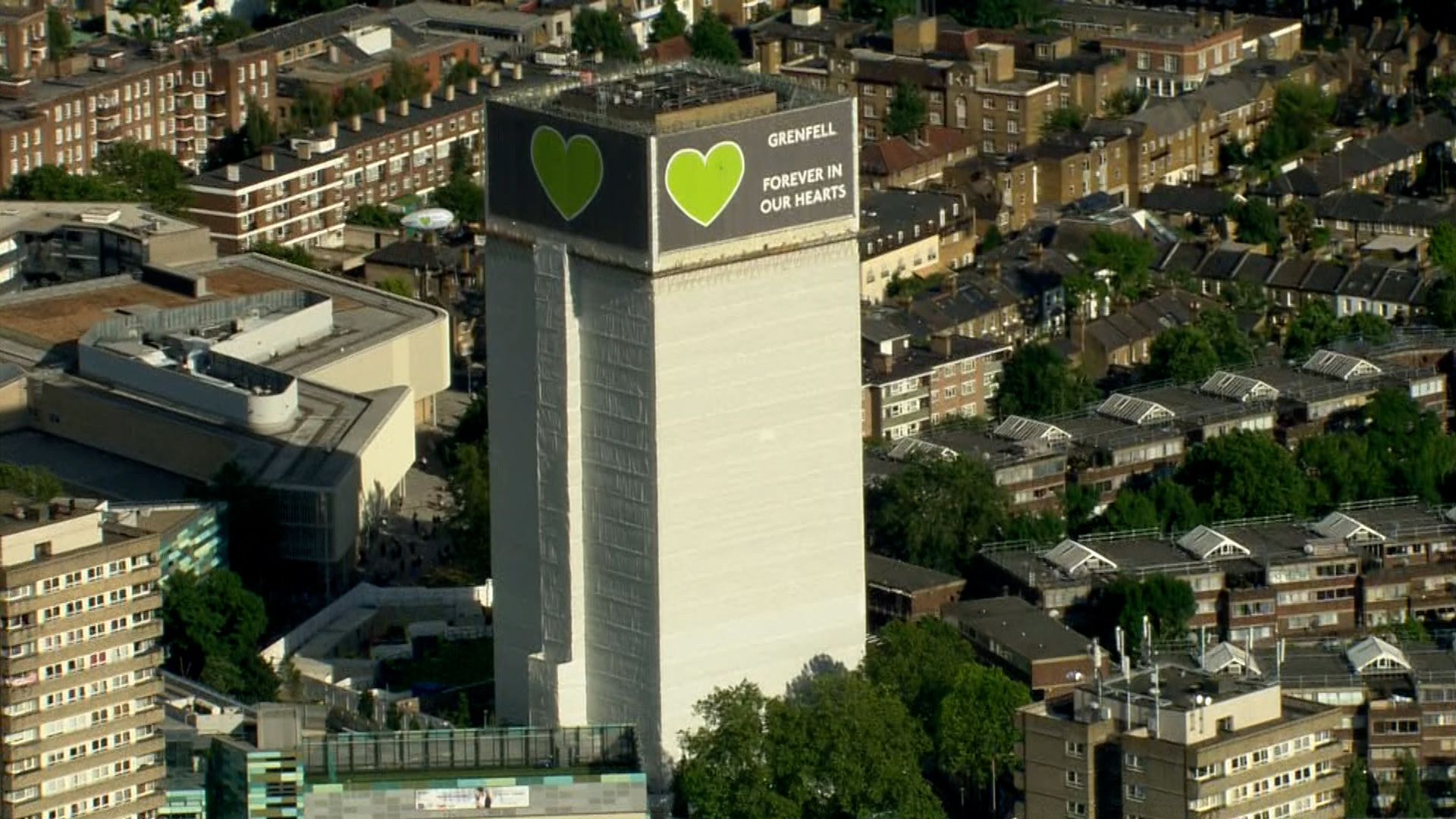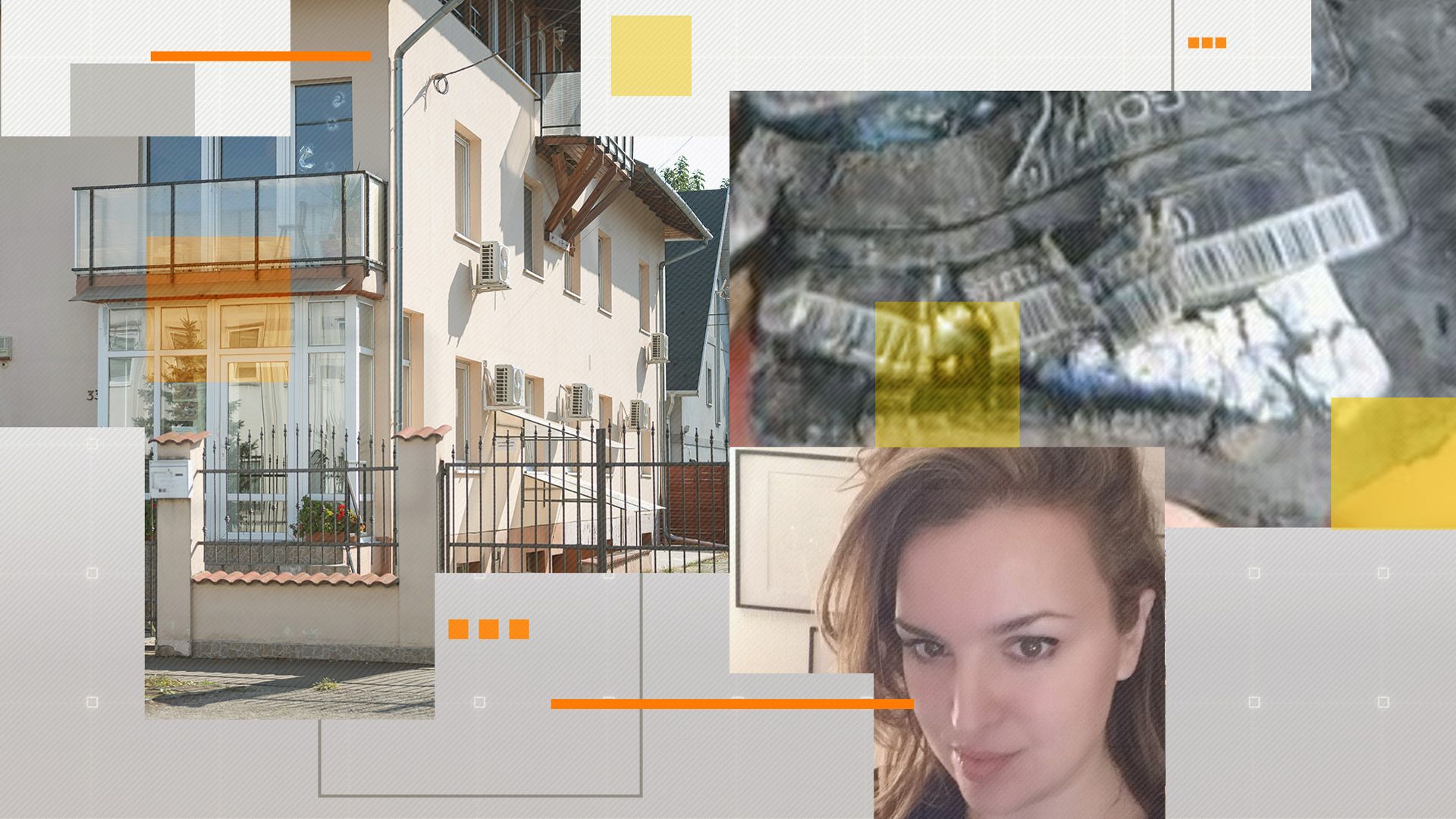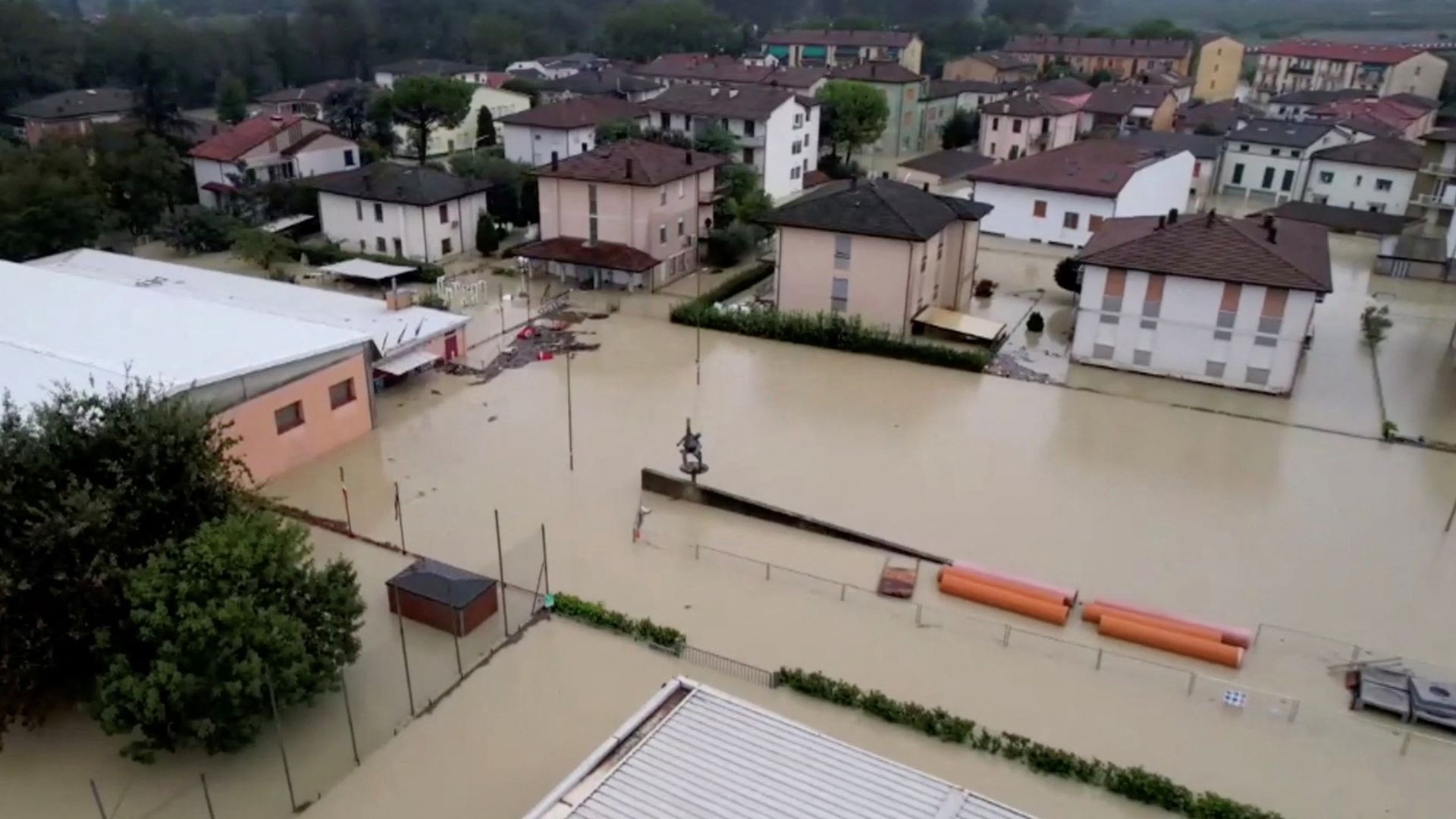Work still hasn’t started to remove deadly cladding on more than half of all residential buildings identified as at risk since the Grenfell tragedy.
The first batch of data to be published by the Ministry of Housing since the Grenfell Inquiry completed its work shows that 4,771 buildings have now been highlighted as having “life-critical” cladding or fire safety defects since 2017. This covers more than 258,000 individual flats.
The Grenfell Inquiry found that flammable cladding was the “principal cause of the rapid fire spread” in 2017. It concluded that “systematic dishonesty” from cladding and insulation companies and government inaction all contributed to the disaster in which 72 people died.
Please use Chrome browser for a more accessible video player
After the fire, it emerged that hundreds of thousands of people around the country were also living in unsafe buildings with similar flammable materials on their external walls. The scandal trapped many leaseholders in dangerous homes that were unsellable, causing financial worries for owners.
Several schemes have been introduced by the government to fund and support the removal of cladding from social and private housing over 11 metres in height. But the latest data, published monthly, shows that yet again, remediation schemes are moving at a glacial pace.
Only 1,392 buildings (29%) have completed remediation, while 985 buildings (21%) have started the process.
Most alarmingly, the numbers show that each month more buildings are being identified than are being fixed.
Shane Lowry: Former Open champion and Ryder Cup star ends deal with Kingspan days after end of Grenfell inquiry
Sir Tony Blair branded ‘despicable’ by Fire Brigades Union for comments on Grenfell fire
How a Tory leadership hopeful once hacked Harriet Harman
From the end of July to the end of August, 42 buildings completed remediation, and 78 began the process. But another 141 buildings were brought to the government’s attention.
At least another 4,000 “medium-height” blocks of flats are still to be investigated.
Matt Hodges-Long, founder of the Building Safety Register, said these figures are far from complete.
“This data only shows the blocks which have been accepted for the various funding schemes,” he said. “There are still blocks out there, such as those under 11 metres, or with non-qualifying leaseholders, which are ineligible for help and so not recorded in the data.”
Read more from Sky News:
Inside the simmering anger after the riots
Starmer declares more freebies than any other MP since 2019
Serving governor’s brutal portrait of life in a crowded prison
Two new buildings with aluminium composite material (ACM) cladding, the same as that on Grenfell Tower, were only discovered in August for the first time.
Mr Hodges-Long says: “New buildings are being found all the time. No one knows how much bigger this problem really is. But it’s clear we haven’t hit the top of the hill yet.”
Every month the MHCLG publishes the latest remediation data. There was a huge surge in October 2023 after they expanded the funding to medium-rise blocks, and included developer-funded projects in the numbers.
The government is investing £5.1bn into removing unsafe cladding and is trying to make the construction industry pay for the rest, including through a building safety levy.
A Ministry of Housing, Communities and Local Government spokesperson said: “The progress on remediation has been too slow – and this government is taking action to ensure that dangerous buildings are urgently dealt with.
Keep up with all the latest news from the UK and around the world by following Sky News
“The full force of government will be brought to bear to make sure building owners fix this and people have the safe and secure homes that they deserve.
“We are ramping up work with regulators and local authorities and using new tools to identify properties with plans to accelerate the pace of remediation to be announced in the autumn.”










